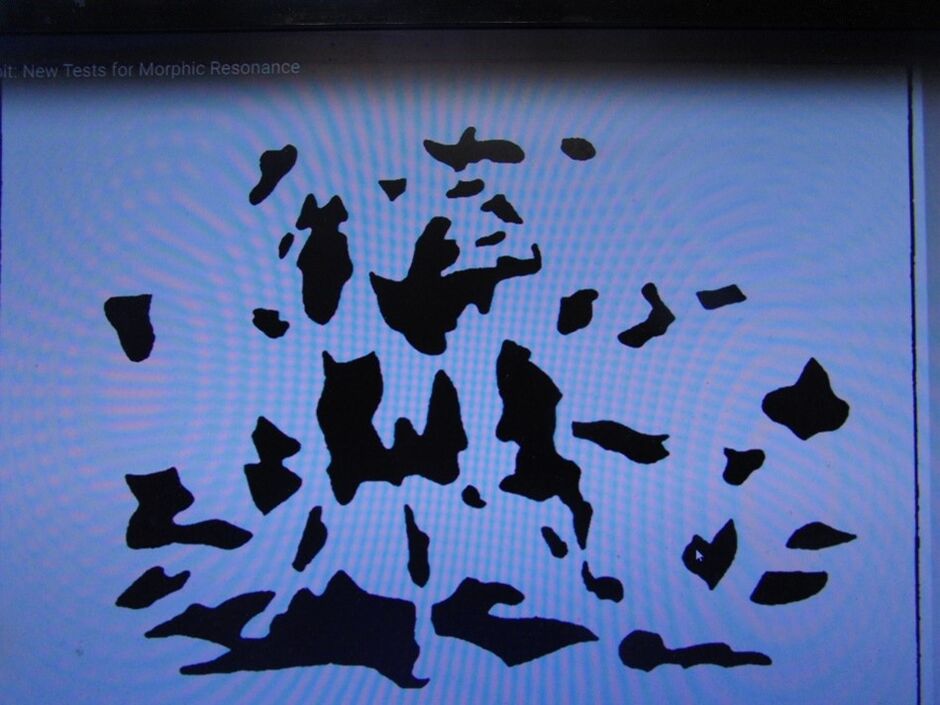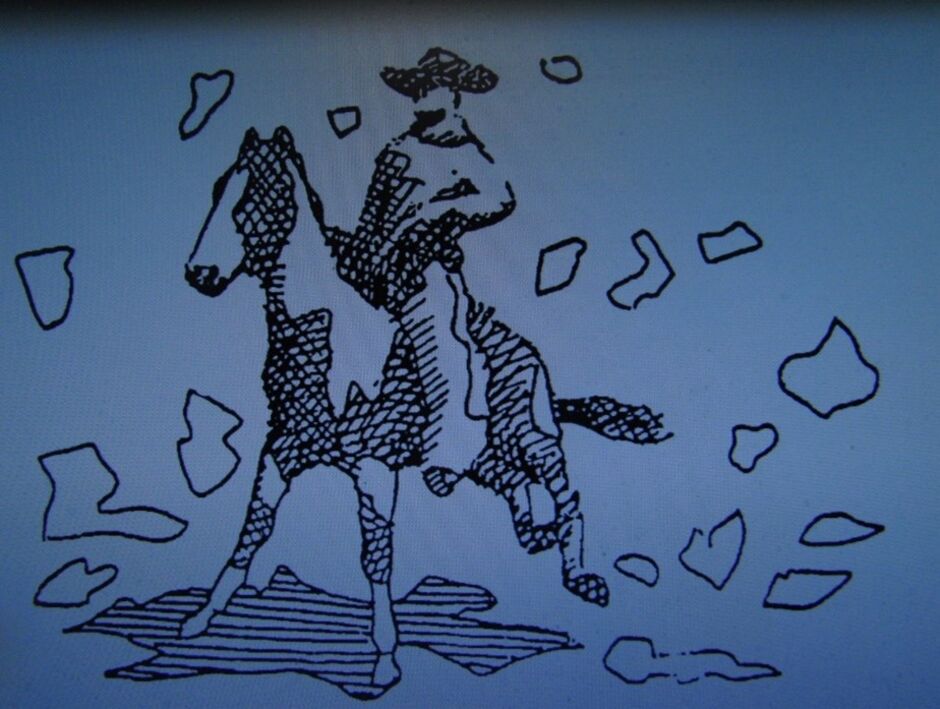Some years ago, I began asking myself why I play golf? Of all the distractions’ available in my youth, what was the appeal of golf, what is golf, has golf ever taught me anything and do I still love or even like the game all these years later?
As a result of these basic questions, I began delving into “The meaning of Golf”. Does it even have a meaning? I began to look for the essence of the game and as I delved further into the rabbit hole it opened me up to knowledge that previously I would have said was nonsense. The only thing I can say with absolute certainty is that as a sport it is like no other, indeed was it ever intended to be a sport?
Go back a few thousand years in search of the origin and you’ll come across various forms of golf-like pastimes, played in far flung regions of the planet. The Egyptian, Chinese, Mayan and Aztec civilisations all found inventive ways of using club like implements, but nothing as structured as the endeavour we now call golf.
My biggest interest lies in what appears to have been a collective consciousness of mass awakening, whereby civilisations with no apparent cultural link all began performing these golf type themes at roughly the same time. Why? Was there any benefit to their societal evolution or was it just something to fill the time whilst trying to survive? Perhaps it was far beyond anything of a physical nature and it simply helped us to become more aware of ourselves.
The picture below, at first sight, appears to be a randomised set of ink splodges, but there is in fact a 3D image within. Only a very small group of people can see the image at first glance and even after an hour of contemplation most people never see it. This is not an intellectual test but more a challenge of how our mind works and how quickly we learn. At the end of this newsletter, I will reveal the answer and when you go back to the original picture you will clearly see the intended image. Once you’ve seen the answer, you can’t NOT see it, so we consider this a learned behaviour and in years to come you will still be able to pick out the image.

Our various forms of media work on much the same principles, as a way of manipulating a targeted group. You only need observe the way the golf hardware manufacturers shape our beliefs to suit their agenda. This doesn’t mean you’re gullible it just means YOU HAVEN’T GOT THE EYES TO SEE THROUGH THE LIES - YET.
I have a series of questions I’d like you all to consider. The first four questions are basic thought- provoking questions.
- How did I get into golf?
- What does golf mean to me?
- Why am I still playing all these years later?
- What is my over riding emotion when I think about playing golf?
Once you’ve dug into the recesses of your mind could you please send me an email with your responses. I already have over a hundred observations from friends throughout the golf industry and the more information I can amass, the clearer the psychological picture will become.
CELEBRATING
100 YEARS AT LYTHAM HALL

We are most excited to launch a limited edition range to mark the celebration this last week. We have attached the brochure below, and members can pre-order their garments via the online order form which can be found by clicking here.
100-Year Celebration Clothing Range Brochure (Click Here)
This range of clothing is on a pre-order basis only, we won't be carrying a stock of the clothing. Therefore, please can we ask that you ensure you have read and understood the sizing guide which can be found on the final page of the brochure before submitting your order form. We have also included some of the finer details on that page of the brochure.
Our minimum order for this range is 18 units per range.
THE ART OF PUTTING
How do I know if I’m any good? Quite simply, if you average 30 putts or less for 18 holes, you can consider yourself a good putter. If you average 32 to 34 putts you’re decent, but if you take 36 or more then you may want to pay attention to this little piece.
Over the years I’ve seen golfers’ contort their bodies into positions not even Yoga teachers would attempt, in search of the secret. There are numerous methods, a variety of ways to hold the putter, various theories behind lining the ball up to hole and I’ve heard some pretty inventive reasons/excuses for why people miss. Come down and watch the Fairhaven Trophies for entertainment and evidence of all the above. You’ll witness kids standing on one leg, straddling the line of the putt, lying down behind the ball, sticking two fingers up, alternating the opening and closing of each eye and generally turning a 3½ hour round into 4½ hours.
Once you understand pace, you can clear your mind of all the technical clutter. Pace is KING. If you’re unable to control the pace of your putt, the line won’t matter. Without going into all the scientific data, and I can assure you, that data is out there. When you roll each putt with enough pace for the ball to finish six inches past the hole, the effective width of the hole is 3.8 inches, but if the ball happens to finish 2 feet past the hole, the hole size shrinks to 1.9 inches. Before the season starts invest your time and effort working on the ideal pace of your putts. I’ve found that when I roll a ball between 6 and 9 inches beyond the hole it gives me the best results, no matter what distance I start from. Once your brain has absorbed all the data from what’s required from it to roll the ball the ideal distance, then you will begin to see the line of the putt more clearly. Once you’ve seen the line, you can’t NOT see it.
The answer to the ink splodge picture I gave you earlier is in the image below:

Now go back and look at the original picture and see if you can see this image. If you can see the Cowboy on his horse, you’re brain is in the normal range. If not, then I’m not sure my putting tip will help too much.
Thank you for reading this article & there will be more if you’re interested, next month.
Andrew Lancaster
Head Professional



